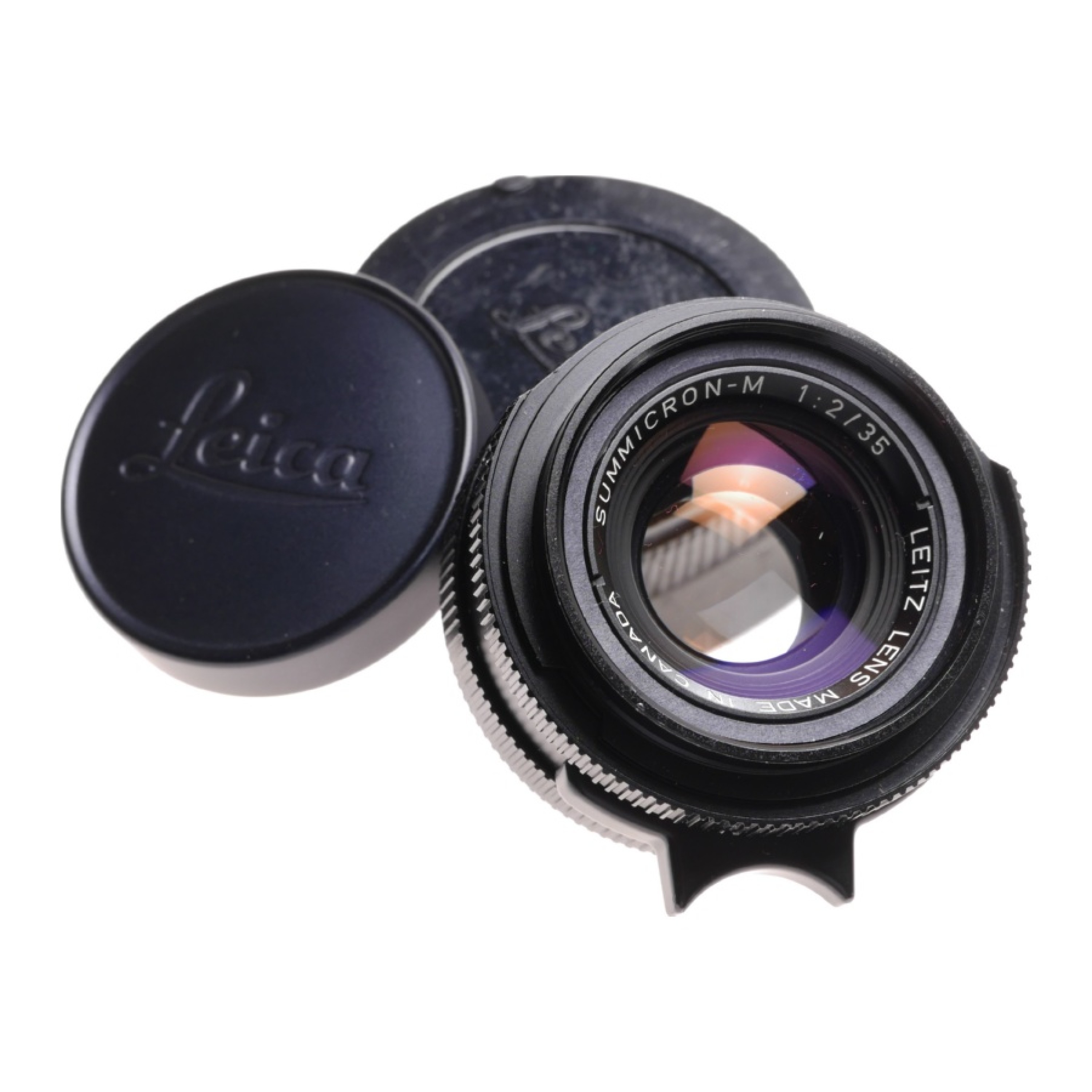


Getting a wide maximum aperture on a wide-angle lens is important for two reasons. If you want really dramatic images, a fisheye can help create that. Instead, they are more specialized, creative tools. They aren’t as versatile as other wide-angle lenses due to the extreme barrel distortion. Fisheye lenses usually range from 8-10mm on a full-frame camera. Wider still, you get into the fisheye category. They are also ideal for photographing vast expanses of landscapes or night skies. Ultra-wide-angle lenses are generally necessary for real estate photography. Once you get below 24mm, you get into the realm of ultra-wide-angle lenses. However, within this category of focal length, there are additional subcategories to consider. The category typically starts around 35mm. Wide, ultra-wide, and fisheyeĪ wide-angle lens is considered anything significantly wider than a normal lens. For photographers who travel a lot or don’t want to keep track of loads of pieces of equipment, zoom lenses are ideal. But, as mentioned, they tend to lose out on sharpness and have a higher price point than prime lenses. You can take one lens with you on a trip instead of three.
#35MM TEXTURED BOKEH LENS PLUS#
The plus of having a range of focal lengths is that the lens is more versatile. You can also find entirely wide-angle zoom lenses, such as 12-24mm. For example, a 24-70mm lens has wide-angle, normal, and short telephoto focal lengths. The amount of zoom you get varies, with many lenses spanning focal length categories. On the other hand, zoom lenses offer a range of focal lengths in a single body. But, if sharpness and quality are key for you, a prime lens may be the best option. Prime lenses aren’t quite as versatile as a result.

You can’t twist the lens to get closer or further away from your subject. However, because it’s only one focal length, your feet have to do the work if you want to change the magnification level or perspective. They can also typically offer advantages in terms of cost and bulk. They are typically sharper and frequently offer a wider maximum aperture than their zoom counterparts. Because lens manufacturers don’t have to figure out the technology of keeping images sharp and consistent when zooming in and out, prime lenses typically offer higher overall image quality. Prime lenses offer a single fixed focal length. The right choice for you comes down to your shooting style, personal preference, and the type of situations you will use the lens. Do you want a lens with variable focal lengths in one package? Each type of lens has its own strengths and weaknesses. Things to consider when shopping for the best wide-angle lenses for Sony Zoom vs. Best for Sony ASP-C: Sony 10-18mm f/4 OSS.Best ultra-wide prime: Sony FE 14mm f/1.8 GM.Best ultra-wide: Sony FE 12-24mm f/2.8 GM.The best wide-angle lenses for Sony will help you capture anything that calls for that broader viewpoint. They can also help you stretch your creativity and get unique shots that wouldn’t be possible without a wide-angle. Wide-angle lenses come in handy in a plethora of photographic situations, from real estate and landscapes to group photos at weddings. They allow you to show more in a single frame without physically stepping back from the scene, which is sometimes impossible. As the name implies, wide-angle lenses provide a sweeping angle of view. Wide-angle lenses-for Sony shooters and everyone else-represent an essential piece of kit in a well-rounded gear bag.


 0 kommentar(er)
0 kommentar(er)
